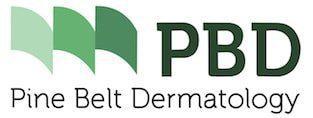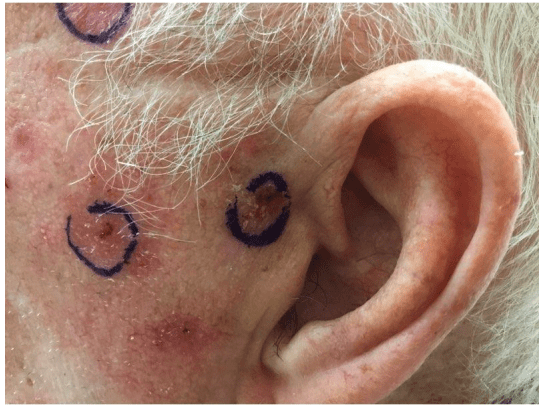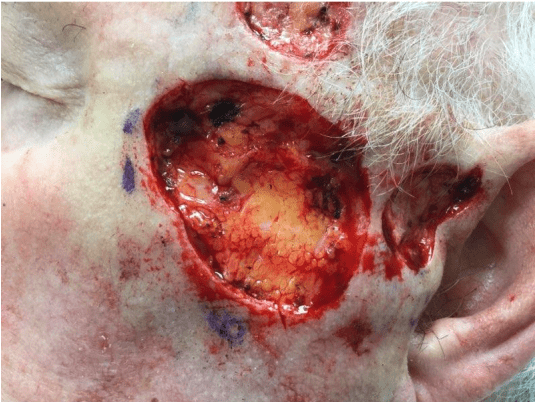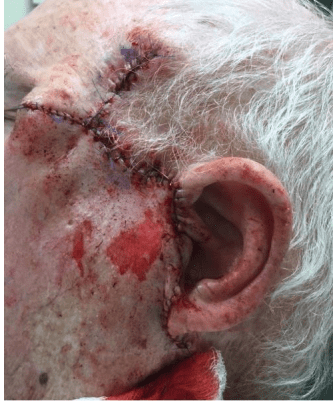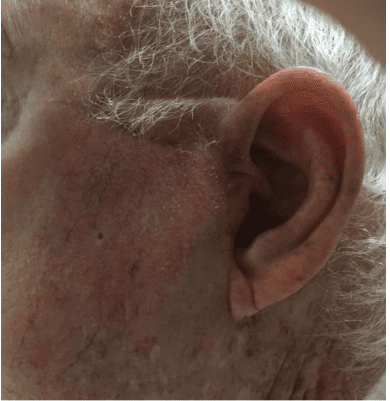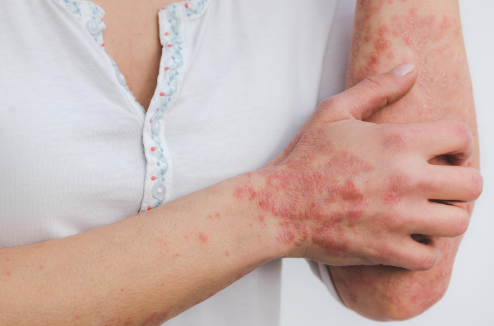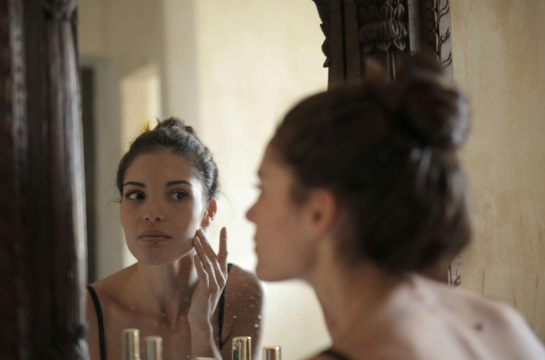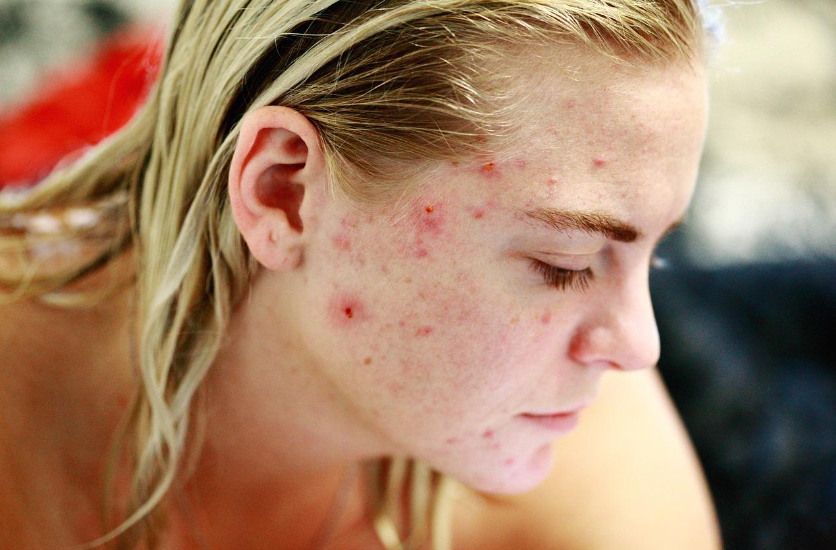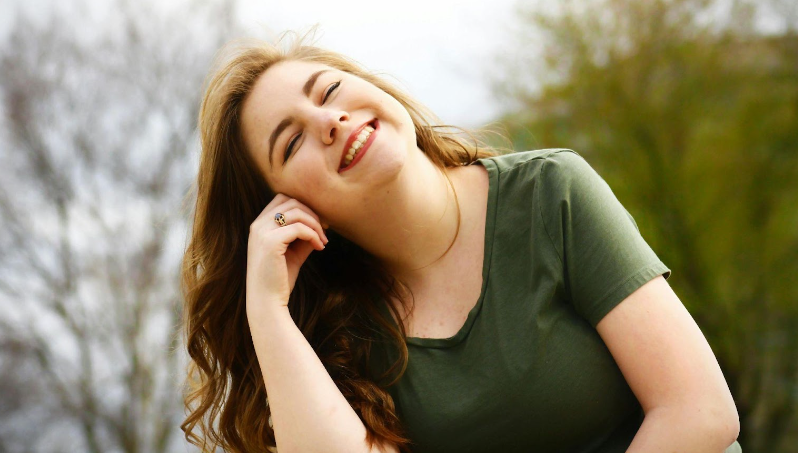Case of the month January 2020
January 15, 2020
A 81-year-old male presented to our office for the treatment of several recurrent nodular and infiltrative basal cell carcinomas of his left temple, left cheek and left preauricular area (Figure 1).
According to the patient, cryo-surgery was the only treatment that had been attempted. They were becoming larger, more irritated and bleeding. He was confused as to why repeated cryosurgery was used to treat these lesions despite the lack of improvement. He sought our opinion on other options for treatment. We recommended the Mohs procedure and he asked that all three lesions be treated at the same time as he had numerous other lesions that were bothering him.
Four stages of Mohs micrographic surgery were required to clear the largest tumor, while three and two stages were required for the temple and preauricular areas, respectively. The final defects involved a substantial portion of the patient’s face (Figure 2).
As you can see, there wasa large difference between what appeared to be the size of the lesions before surgery, and the actual clear margins following Mohs.
Several closure options were reviewed with the patient. Ultimately, we decided upon a combination advancement/rotation flap. This flap had the advantage of being performed in a single stage while yielding a relatively pleasing cosmetic result. Tissue from the lower cheek and jaw was elevated and moved (advanced and rotated) upward. The skin of the patient’s left temple was also mobilized and a small O to T flap was performed. This allowed for complete closure of the wound while keeping the patient’s original anatomy true (Figure 3).
The sutures were removed after one week of healing and at three weeks the cheek has completely healed with acceptable cosmesis (Figure 4).
The patient was extremely happy with the results and reported no complications.
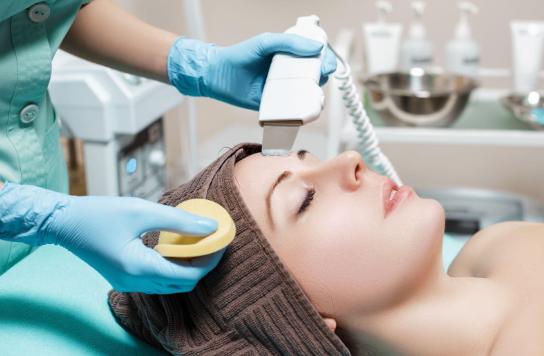
Your skin, the body's largest organ, is a vital indicator of your overall health. Changes in its appearance can signal underlying medical conditions that may require attention. Whether it’s ensuring you’re getting the right nutrients, managing stress, or seeking professional care, being attuned to what your skin tells you makes it easier to stay on top of your health.
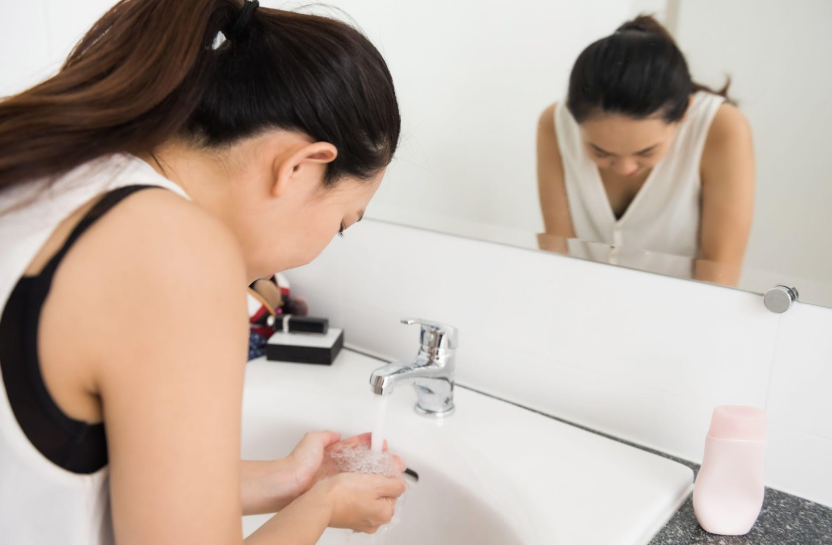
Achieving healthy, glowing skin begins with an effective cleansing routine. However, small mistakes can disrupt your skin’s natural balance, leading to irritation, breakouts, or premature aging. Avoiding these common errors and incorporating advanced techniques can significantly impact your skincare journey.

You’ve likely felt it in your life: that uncomfortable feeling of tightness, flakiness, and sometimes even itchiness that can make your skin look and feel less than its best. But what exactly causes dry skin, and how do you treat it? Don’t fret because we’ve put together some treatment tips that can help your dry skin regain its moisture.
